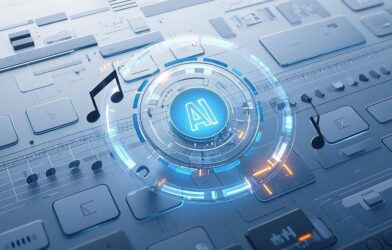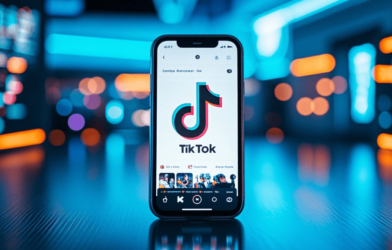Google has long been a pioneer in Artificial Intelligence, and its latest innovations are taking AI integration to a whole new level. From advanced language models to AI-driven healthcare tools and search enhancements, Google is shaping the next era of intelligent computing.
In this article, we break down the latest AI technologies from Google and their real-world impact on industries and everyday users.
🔍 Table of Contents
Overview: Google’s Vision for AI
Gemini: The Next-Gen Language Model
Search Generative Experience (SGE)
Google Cloud AI Tools
AI in Google Health and Life Sciences
Ethical AI: Google’s Safety Commitments
What’s Next for Google’s AI Strategy
1. Overview: Google’s Vision for AI
Google is integrating AI into virtually every product it offers, with a mission to make information more useful, accessible, and safe. Their core focus areas include:
Advanced AI models (like Gemini)
AI-powered search and productivity tools
AI for social good in healthcare, education, and climate
By making these tools available to both developers and consumers, Google is building a future powered by responsible, scalable AI.
2. Gemini: The Next-Gen Language Model
Google’s Gemini is its most advanced family of large language models to date—designed to compete with and surpass GPT-4 in key areas:
| Feature | Gemini Capabilities |
|---|---|
| 🔤 Multimodal Input | Processes text, images, audio, video, and code |
| ⚙️ Integration | Available in Gmail, Docs, Bard, and Android |
| 🤖 Reasoning | Better contextual understanding, logic, and memory |
| 🌍 Languages | Supports more global languages than previous models |
Real-World Use: Gemini powers Bard (Google’s AI chatbot) and enhances Google Workspace productivity with smart replies, summaries, and document drafting.
3. Search Generative Experience (SGE)
SGE is Google’s new AI-enhanced search experience, currently rolling out across Google Search. Key features include:
AI-generated overviews: Summarizes results instantly
Follow-up suggestions: Helps users dig deeper into a topic
Multimodal results: Combines images, video, and text in intelligent ways
Why It Matters: It transforms how users find and interact with information—less scrolling, more answers.
4. Google Cloud AI Tools
Google Cloud is offering scalable AI tools to businesses and developers through:
Vertex AI: Build, deploy, and manage custom ML models
PaLM API: Access large language models for apps, chatbots, and content generation
AutoML: Enables businesses to train models without needing deep AI expertise
Companies in finance, retail, and media are using these tools to automate operations and gain real-time insights.
5. AI in Google Health and Life Sciences
Google is applying AI to solve some of humanity’s biggest challenges:
Medical Imaging: AI models detect diseases like cancer and diabetic retinopathy faster than doctors
YouTube Health: Helps surface accurate, verified medical information
Fitbit & Pixel: Use AI to monitor heart rate, stress levels, and sleep quality
These innovations are bringing preventive healthcare into the hands of users and physicians worldwide.
6. Ethical AI: Google’s Safety Commitments
With great power comes great responsibility. Google emphasizes:
AI Principles: Committed to fairness, transparency, and safety
Red Teaming: Testing models against bias and misuse
Watermarking & Source Identification: Tools to track AI-generated content
Google is actively collaborating with global AI safety alliances to ensure the technology benefits all.
7. What’s Next for Google’s AI Strategy
Expect upcoming advances in:
Generative AI for YouTube: Creating scripts, captions, and thumbnails
AI assistants in Android: Real-time summarization, translation, and coaching
AI-enhanced Google Maps: With real-time 3D navigation and AR directions
Google is aiming to make AI not just a tool—but an intuitive, trusted partner in daily life.
📝 Conclusion
Google’s latest AI technologies are not just upgrades—they’re milestones. Whether it’s transforming how we search, create, or manage our health, Google is building tools that could redefine productivity and well-being for billions.













